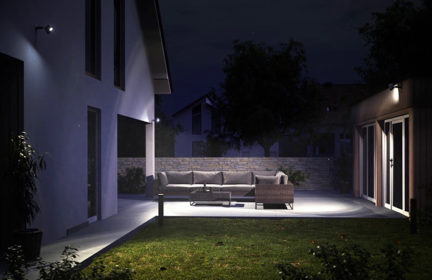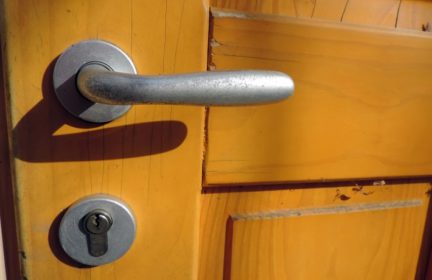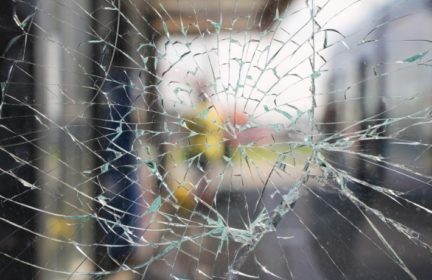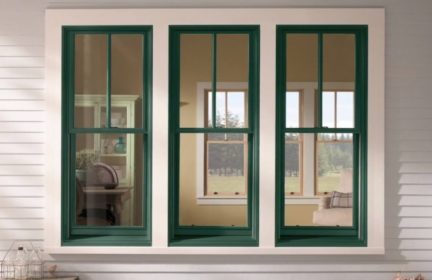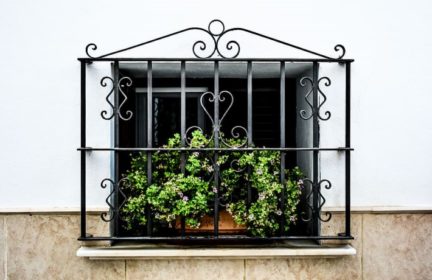Home security
The police department where I live offers a home security assessment, and I opted to have one done this week. The assessment was focused on making a residence less of a target for burglary and opportunistic crime. So on the coattails of the TP article on hardening a home (https://theprepared.com/homestead/guides/home-hardening-basics/), I thought I’d post the items that the officer inspected and her general comments about protecting a home. Hopefully this will be useful to someone, and it’s not too repetitious.
For context, I live in a suburban, single family home with nearby neighbors on all sides.
This is what the officer went over:
- Exterior:
- Bushes taller than 2-3′ outside of the house can create ‘ambush zones’ where intruders can hide. Keep hedges next to doors below that height. Also, prickly bushes like holly are better than non-prickly.
- Motion activated floodlights are recommended on the sides of a house which have windows but no exterior lights, and highly recommended near entry doors on the back/side of the house. At a minimum, use a dusk-to-dawn sensor on lights near entry doors.
- On all exterior doors which open outward (hinge pins on the outside), make sure you have hinges with locks in them. (Like this one: https://www.homedepot.com/p/Everbilt-4-in-Satin-Nickel-Half-Square-Corner-and-Half-5-8-in-Radius-Security-Door-Hinge-14449/203339943.) Otherwise the door pulls right out when the hinge pins are removed, even if deadbolted.
- Cameras are good, but are generally “after the fact” devices. If you install a camera, make sure it has enough resolution to make a person or car readily identifiable. (I will also add that we have three cops that live in our neighborhood. Their homes have BRIGHT front outdoor lights and cameras covering the driveway, the front door and the back of the house.)
- Put easy-to-read house numbers on the exterior so that emergency personnel can find the residence easily.
- Interior:
- The primary entry points for burglars are the front and back doors. Windows are not the typical entry point unless they can be easily opened.
- Exterior doors with a window in them need deadbolts with keys on both sides.
- Don’t leave the key in the lock on the inside.
- Reinforce the door frame on the front door, and use long screws (at least 2.5″) on all exterior door strikeplates.
- Make sure deadbolts extend all the way into the door frame.
- Sliding glass doors can be easily lifted out of the frame. Use upward pin bolts to prevent this (e.g. https://www.amazon.com/Security-Deadbolt-Superior-Protection-Child-Safety/dp/B07VMQPSL1/ref=sr_1_14).
- Solid front doors should have a 180 degree peephole installed.
- Have a monitored security system, with signs that one is present.
- Install glass break sensors near any doors with glass in them.
- Use motion detectors in the main living area, and near any exterior door. Use them outside near doors if practical.
- If you have venetian blinds, adjust the louvers so that anyone outside can only see upwards into the room. If the louvers are down and allow a view of floor, you can see the telltale cords of computers and other electronics that can be grabbed.
- The impact film available for windows works best when it is installed when the window is manufactured. The film is designed to keep the shattered window glass from falling away after an impact. However, if the film isn’t held securely by the frame of the window, the entire pane just falls away as a unit.
- Given the choice between a sliding glass door and normal door with a glass panel in it, intruders will prefer the normal door. Breaking the glass in sliding glass door creates more much noise, and the amount of glass increases the risk of getting cut. However, it’s certainly not going to stop them if they really want in.
- Once inside, the first place a burglar goes is the main bedroom. Keep any valuables (jewelry, watches, etc.) in a safe at all times, or at least in a different room. Only keep costume jewelry in the bedroom. Safes under 100 lbs need to be anchored to the floor. The typical small document safe routinely gets carried away if it isn’t anchored.
- Simple but actually effective deterrents include anything that makes the home seem “more occupied” from the outside: lights, a TV that is turned on, a radio on a talk station, etc. These are good when you’re out, or home alone.
- Garage:
- Garage door openers have an emergency release rope which, when pulled, disconnects the door from the drive chain and allows the door to be raised by hand. The handle on this release rope should be removed, as well as the knot in the rope which holds the handle. There is a tool which can be slid between the door panels to grab this rope and pull on it, allowing a burglar to raise the door.
- Also, for this reason, the door from the garage into the house needs to have a deadbolt on it and lock hinges (if it opens outward).
- Install and use the garage door locks when you are away.
- Put a translucent film (like adhesive shelf liner) over the windows in the doors in the garage to prevent anyone from seeing in.
- Don’t leave a garage door opener attached to the sun visor in your car. This is something that will be stolen to be used later.
-WS
2
Log in or register to join the conversation
-
Comments (2)
-
